Ever feel like your dog knows you’re sick before you do? Like, you’re just lying there thinking it’s a hangover, and suddenly they’re glued to your side like a furry little nurse. Turns out, it’s not just in your head. Some animals can literally sniff out illness—cancer, infections, even COVID—with an accuracy that makes some high-tech diagnostics look like a bad Wi-Fi signal.
While AI is busy learning how to tell a cough from a sneeze, these creatures have been out here diagnosing humans like it’s no big deal. We’re talking paws, hooves, wings, and antennae—all on the front lines of medical mystery-solving. From cats who stare at tumors like they’re watching a mouse documentary to bees that stick out their tongues when they smell cancer (yes, really), nature is flexing hard.
Here are 13 animals that are absolutely out-sniffing the robots—and probably deserve health insurance by now.
1. Ferrets
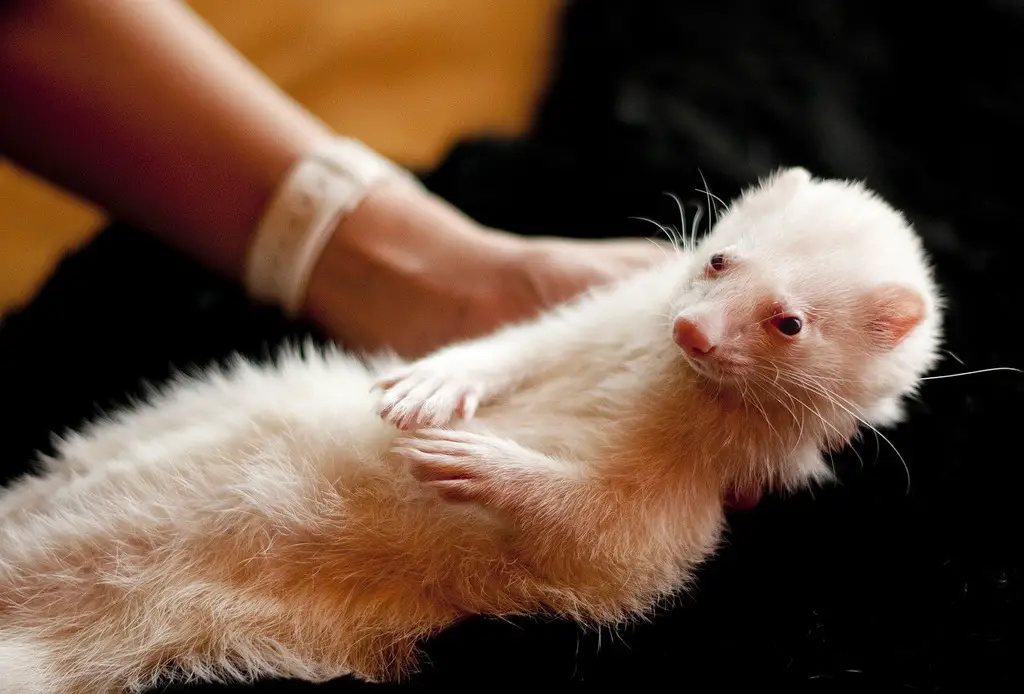
Ferrets have been used in research settings to study respiratory diseases due to their susceptibility to human influenza viruses. Their olfactory system is well-developed, and they can detect specific scents, making them useful in laboratory studies of disease transmission and detection, according to ABC Net.
While not commonly used in direct disease detection in humans, their role in research contributes to our understanding of how diseases spread and how early detection might be achieved through scent. These slinky little creatures can pick up on changes in airflow and scent composition faster than some tech gadgets. Scientists love them for their social behavior, quick learning, and anatomical similarities to human lungs. In short, if we’re building better disease models, ferrets are the MVPs quietly helping behind the scenes.
2. Dogs
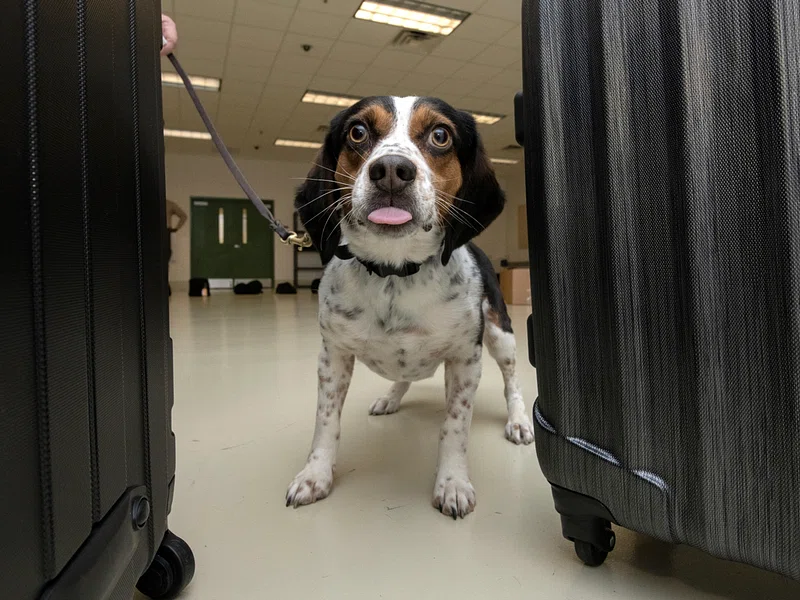
Dogs have an olfactory system that’s nothing short of superpowered. With about 220 million scent receptors, they can detect substances at concentrations as low as one part per trillion. This incredible sense of smell allows them to identify various diseases, including cancer. In fact, studies have shown that trained dogs can detect lung cancer with up to 97% accuracy by sniffing patients’ breath samples.
But it’s not just cancer. Dogs have been trained to detect other conditions like malaria, Parkinson’s disease, and even COVID-19. Their ability to pick up on volatile organic compounds (VOCs) emitted by diseased cells makes them invaluable in early diagnosis. Plus, their non-invasive detection methods are a bonus for patients. In one promising study, dogs identified COVID-19 in asymptomatic individuals with 94% accuracy, which outperformed many rapid tests. They’ve even been deployed at airports and public events to screen crowds discreetly. According to New Scientist, some pups were more reliable than PCR tests in the field—no tech, no swabs, just snoots.
3. Rats
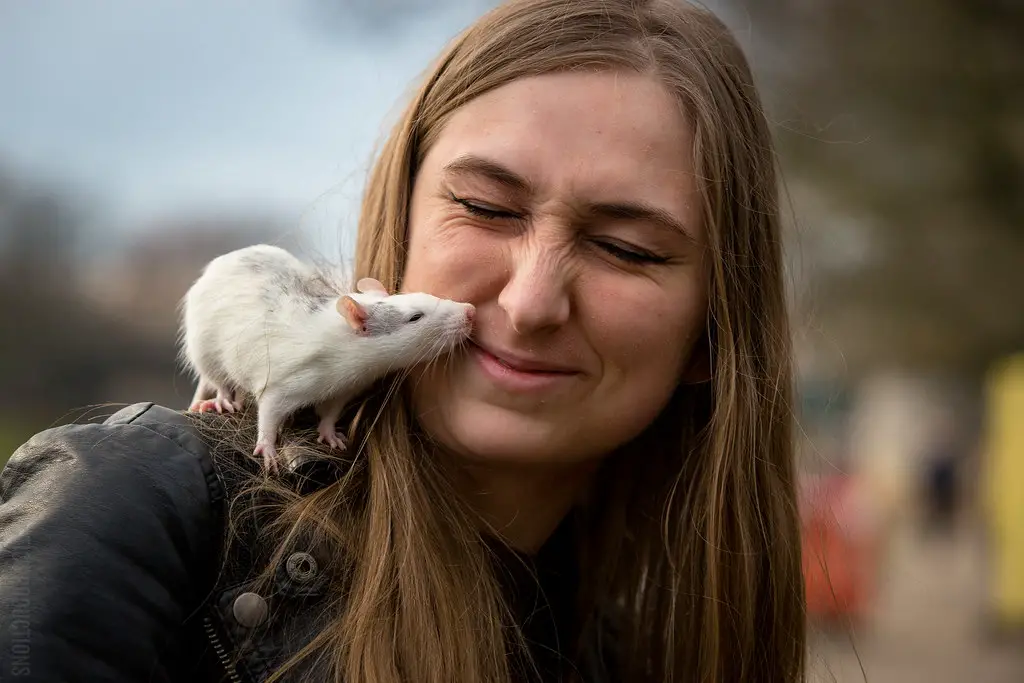
African giant pouched rats might not win any beauty contests, but they’re heroes in the medical world. These rodents have been trained to detect tuberculosis (TB) by sniffing sputum samples. In Tanzania, they’ve screened over 900,000 samples, identifying more than 30,000 TB cases that were initially missed by clinics.
Their efficiency is astounding—they can evaluate 100 samples in just 20 minutes. This rapid screening is crucial in areas with limited medical resources, helping to curb the spread of TB effectively. Their work has contributed to a significant reduction in TB incidence in regions where they’re deployed. Plus, they work for snacks—literally, banana rewards. Researchers have even explored training them to detect landmines and other diseases due to their reliable noses. As The Guardian reports, their life-saving sniff tests have become a cornerstone in low-cost diagnostics.
4. Honeybees
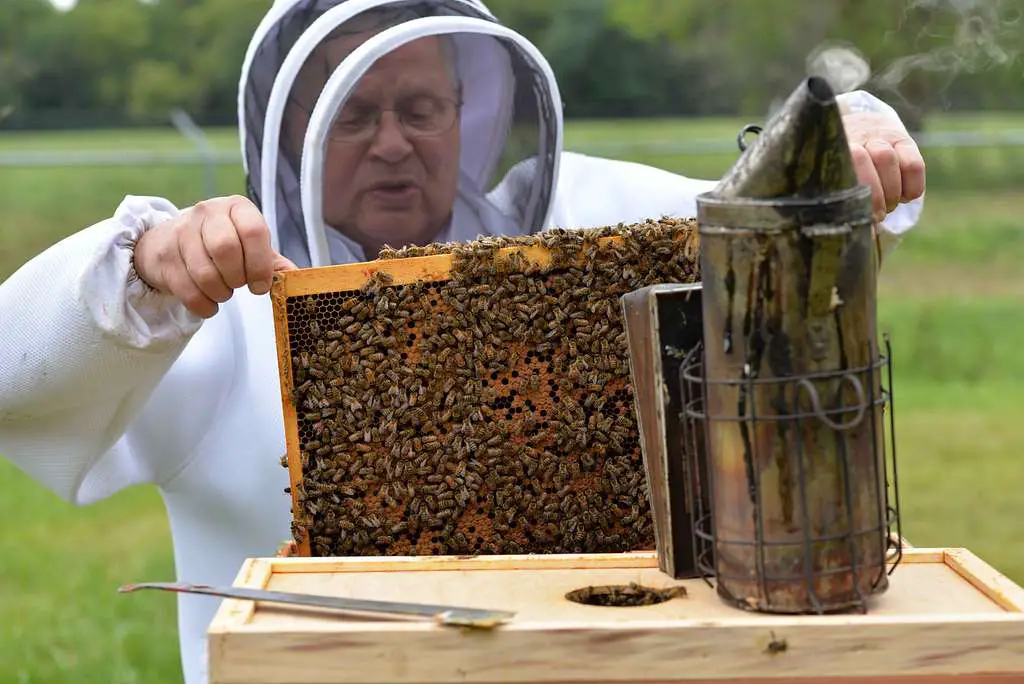
Bees are not just for honey and pollination; they’re also budding diagnosticians. Researchers at Michigan State University have discovered that honeybees can detect lung cancer by identifying specific VOCs in human breath. By training bees to associate these scents with a sugar reward, they can quickly and accurately identify cancerous samples.
This method offers a rapid, non-invasive, and cost-effective approach to early cancer detection. Given the bees’ acute sense of smell and ease of training, they could become a valuable tool in medical diagnostics, especially in low-resource settings. Bees also have fast learning curves and can differentiate between a surprising array of scents. One experiment had bees sticking out their tongues (proboscis) in response to cancer breath samples—yes, that’s a real behavior. According to Science News, this method could rival certain chemical sensors in accuracy and responsiveness.
5. Pigs
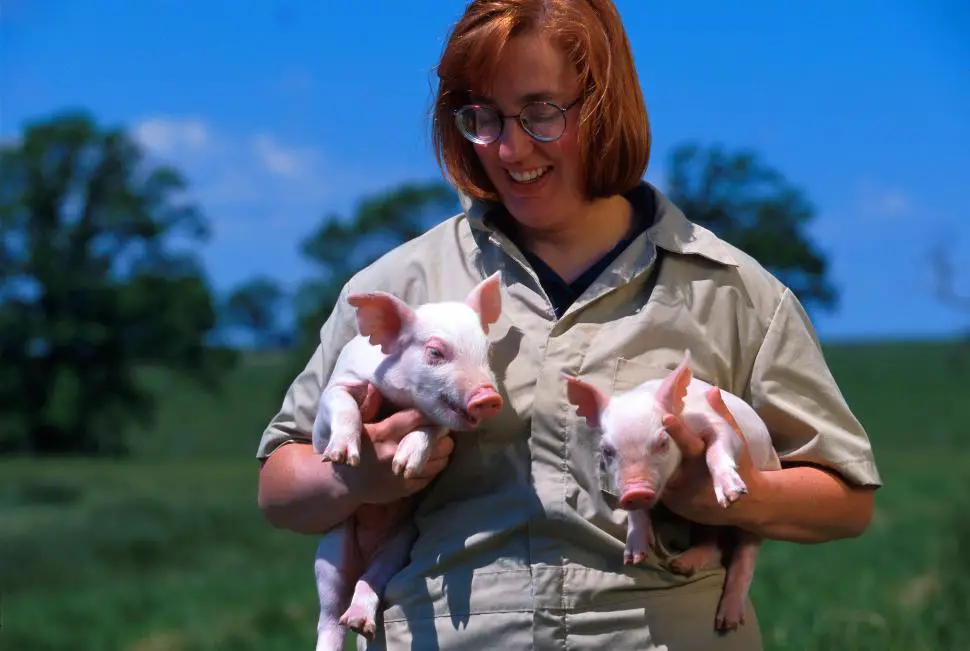
Pigs share remarkable physiological similarities with humans, making them excellent models for studying human diseases. Their sense of smell is also highly developed, and they’ve been used to detect certain diseases through scent. For instance, pigs have been instrumental in research on infectious diseases like influenza and have been used to study the transmission and detection of various pathogens.
Their ability to detect disease-related VOCs, combined with their anatomical and physiological similarities to humans, positions pigs as valuable assets in medical research and potential disease detection. Some researchers believe pigs may one day be trained like dogs to identify illnesses just by smell. Their snouts are sensitive enough to locate truffles underground, so detecting bio-markers isn’t such a stretch. In one experiment, pigs detected bacteria like E. coli in soil samples, leading to potential diagnostic parallels. As NY Times reports, scientists are now exploring ways to adapt their skills to disease sniffing in humans.
6. Horses
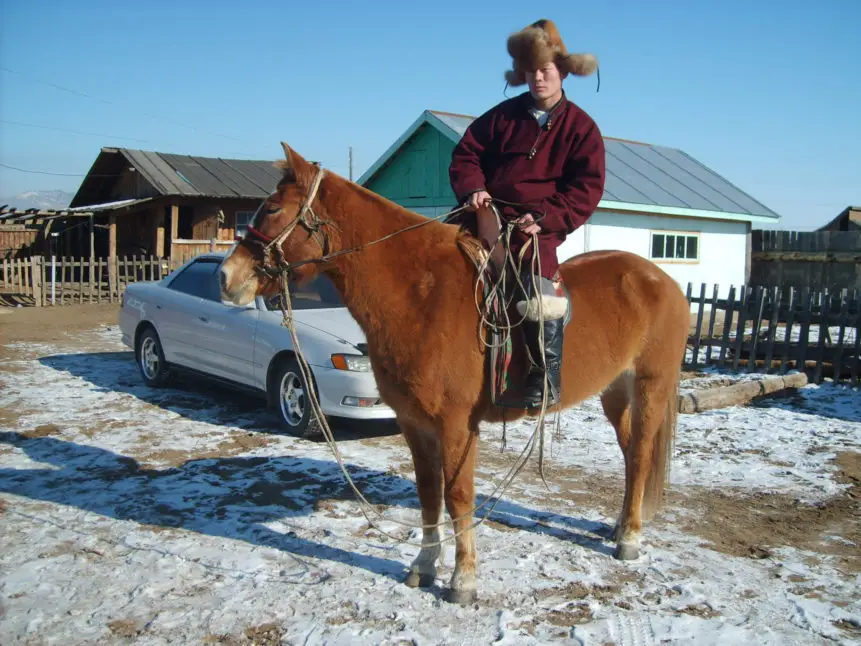
Horses have a keen sense of smell and have been observed to detect certain diseases in humans. While not as extensively studied as dogs or rats, there are instances where horses have shown sensitivity to human emotions and health conditions, potentially picking up on subtle changes in scent or behavior. Their strong bond with humans and acute senses make them intriguing subjects for further research into disease detection.
Moreover, horses have been used in therapeutic settings, where their interactions with humans have led to observations of their responsiveness to human health states. In some anecdotal cases, horses have become visibly agitated or attentive around people later diagnosed with illness. Their emotional attunement and subtle behavioral cues may hold clues to physical imbalances in the human body. This sensory intelligence is why they’re central in equine-assisted therapy, particularly for trauma and anxiety. And as noted by BBC, their ability to mirror human emotion is a phenomenon researchers are just beginning to understand.
7. Cats

Cats, with their mysterious demeanor, have occasionally been reported to detect illnesses in their human companions. Some cat owners have shared anecdotes of their feline friends persistently pawing or sniffing at specific areas of their bodies, which later turned out to be sites of tumors or infections. While scientific studies are limited, these stories suggest that cats might have an untapped potential in disease detection.
Their acute sense of smell and sensitivity to changes in their environment could make them capable of noticing subtle shifts in their owners’ health. Further research could shed light on the extent of cats’ diagnostic abilities. Plus, cats tend to hang out in your personal bubble anyway—might as well put that nosy behavior to work. Whether it’s curling up on a specific side of your body or suddenly shadowing you more than usual, it’s hard not to wonder what they know that you don’t. For now, consider it a bonus diagnostic service wrapped in fluff and attitude.
8. Ants
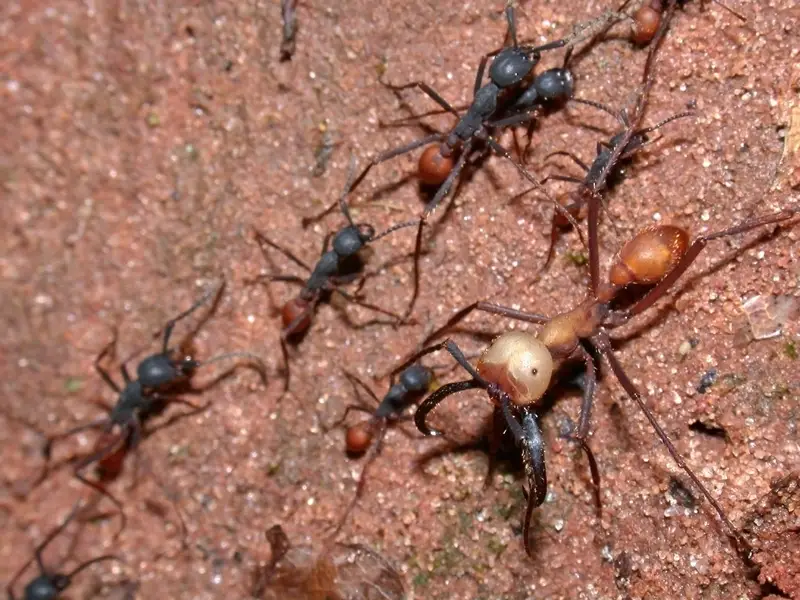
Ants might be tiny, but their sense of smell is formidable. Recent studies have shown that ants can be trained to detect cancer cells by recognizing specific VOCs emitted by tumors. Their quick learning abilities and the ease of training them make ants a fascinating subject for developing low-cost, rapid diagnostic tools.
Given their small size and efficiency, ants could be deployed in settings where traditional diagnostic equipment is unavailable, offering a novel approach to early disease detection. They’re cheap, fast, and surprisingly accurate—basically the diagnostic dream team in miniature. Plus, imagine a future where a petri dish of ants gives you better medical insight than a thousand-dollar scan. As creepy as it sounds, the future of medicine might just march in six-legged formation.
9. Mice
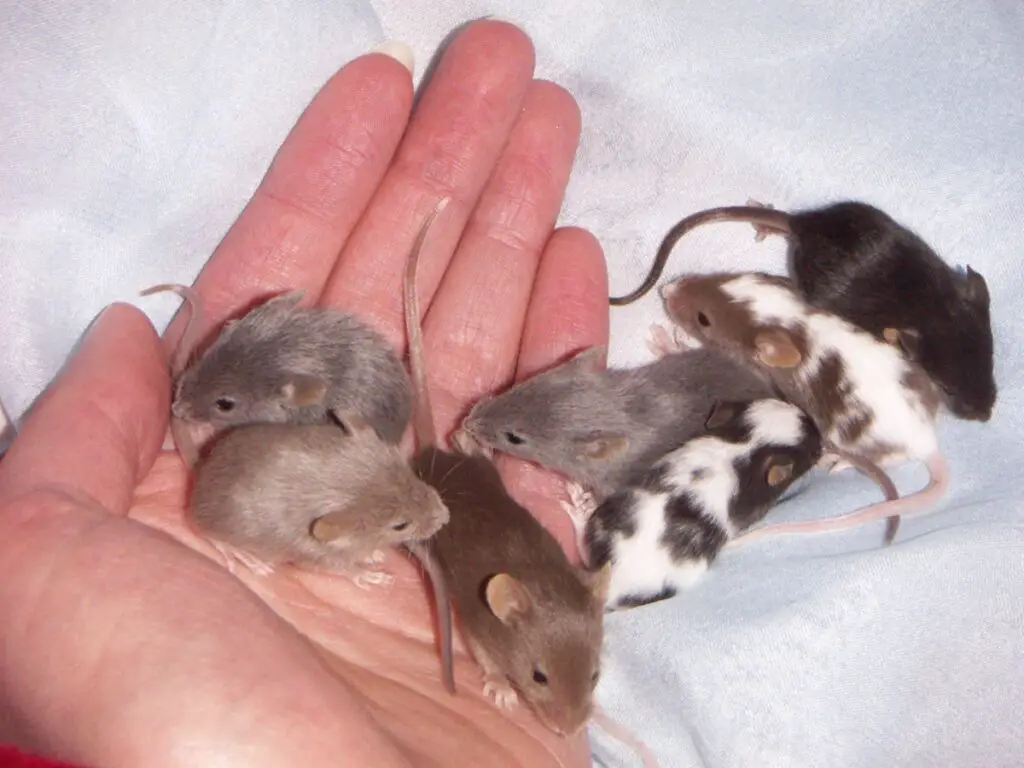
Mice have long been used in medical research due to their genetic similarities to humans. Their sense of smell is also highly developed, and they’ve been trained to detect diseases like tuberculosis by identifying specific scents associated with the disease.
Their small size and ease of handling make them suitable for laboratory settings, where they contribute to the development of diagnostic methods and the understanding of disease mechanisms. They can be trained quickly and are capable of learning scent discrimination at impressive levels. In some labs, they’re even taught to nose-poke or press levers when they detect certain biomarkers. It’s not glamorous work, but for mice, it’s just another day at the lab saving lives.
10. Fruit Flies
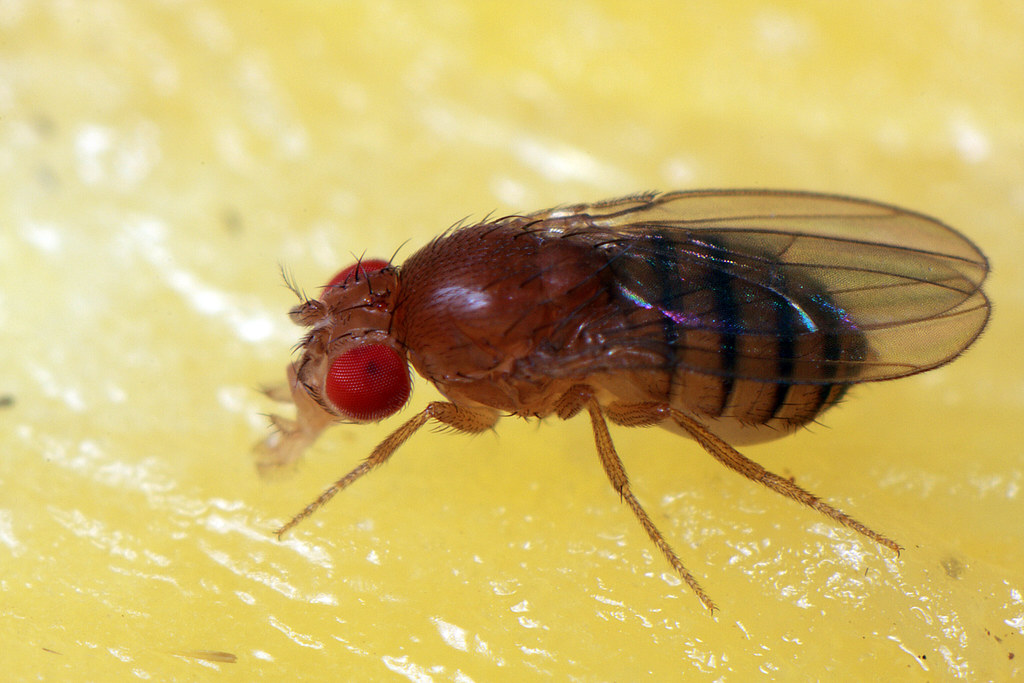
Fruit flies, or Drosophila melanogaster, have been used in research to study the genetic basis of diseases. Interestingly, they’ve also demonstrated the ability to detect cancer cells by sensing specific VOCs. Their simple olfactory system allows researchers to study the basic mechanisms of scent detection and its applications in disease diagnosis.
While not used directly in clinical settings, fruit flies provide valuable insights into how scent detection can be harnessed for medical purposes. They’re like the crash-test dummies of the scent world—small, cheap, and scientifically illuminating. Their responses to different odors can even be measured in real time using specialized electrodes. It’s wild to think that the same fly buzzing around your banana could one day help crack cancer diagnostics.
11. Cows
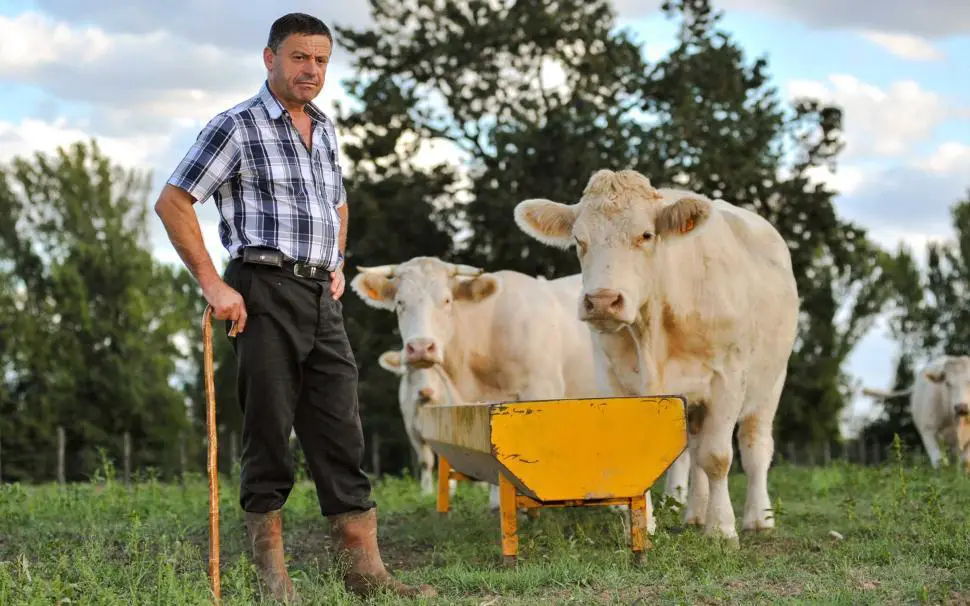
Cows have a strong sense of smell and have been observed to react to certain diseases in their herd. While not directly used in human disease detection, their behavior and reactions to illness within their group can offer insights into disease presence and spread.
Understanding how cows detect and respond to disease can inform practices in animal husbandry and zoonotic disease prevention, which in turn impacts human health. Some farmers claim their cows act “off” before signs of illness appear—an early-warning moo system, if you will. Their sensitivity to subtle changes in scent and behavior means they could serve as sentinels for emerging health threats. You might not think of cows as diagnostic tools, but in rural settings, they just might be the OG bio-monitors.
12. Elephants
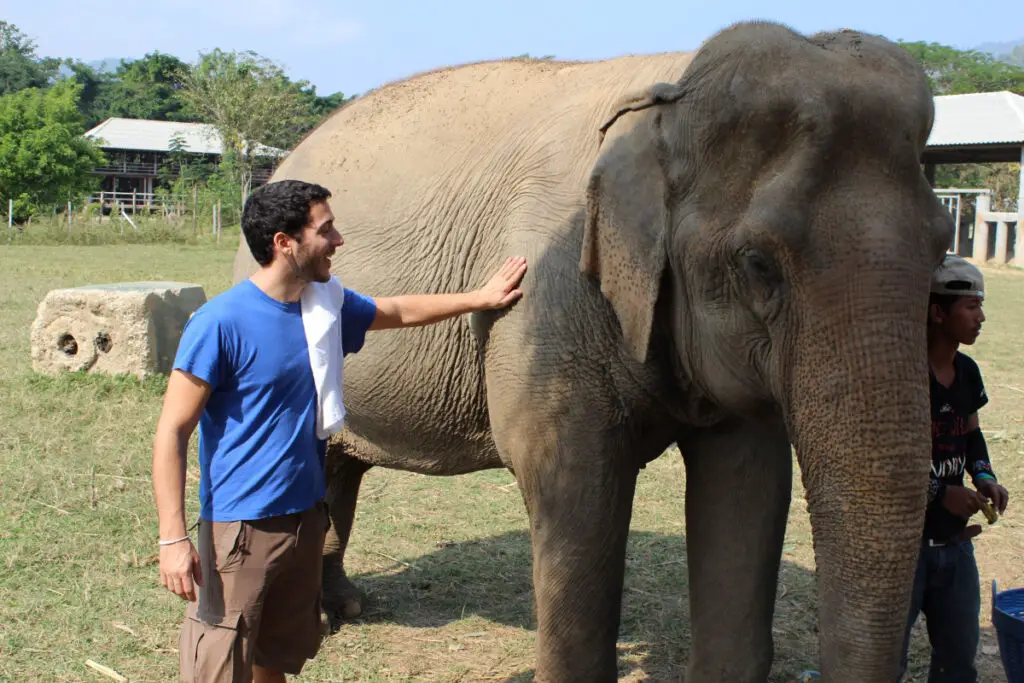
Elephants possess an exceptional sense of smell, which they use to detect water sources and communicate. Their olfactory abilities are among the best in the animal kingdom. While not commonly used in disease detection, their capabilities suggest potential for identifying specific scents associated with illness.
Research into elephants’ scent detection could uncover new methods for identifying diseases, especially in regions where elephants are native and could be integrated into local health monitoring systems. They’ve already shown talent in sniffing out explosives and landmines, so disease might be the next frontier. Their strong memory and high intelligence make them ideal candidates for specialized training. Just imagine a gentle giant casually identifying pathogens before a lab test even comes back.
13. Bats
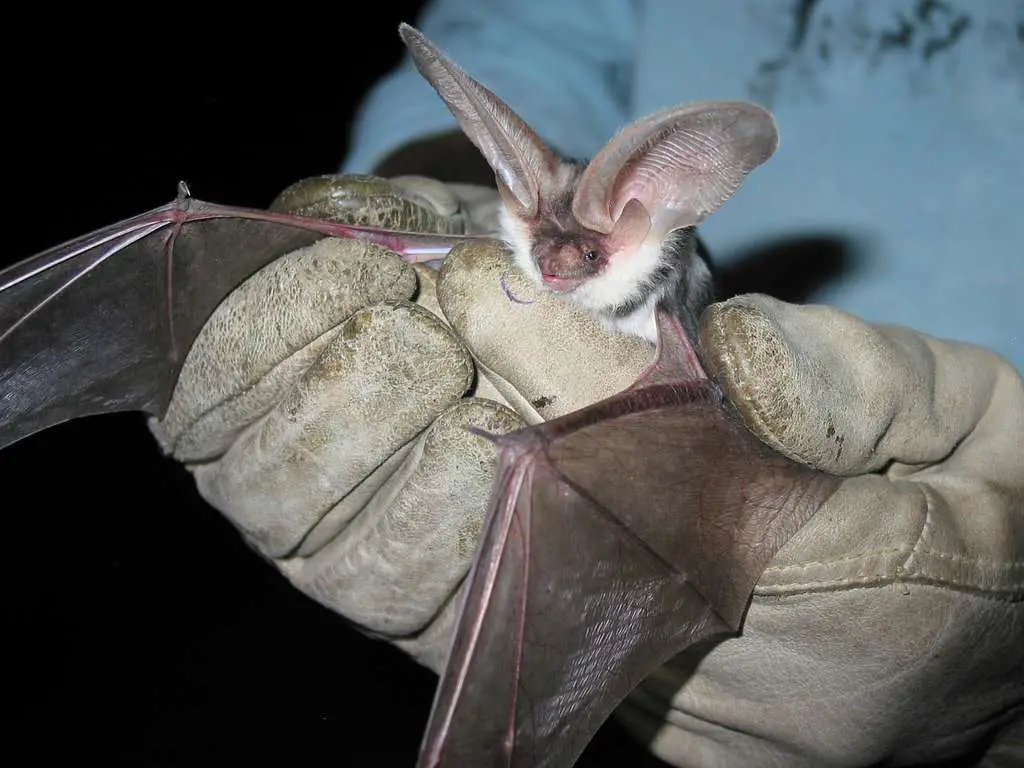
Bats have a keen sense of smell and are known to detect changes in their environment effectively. Some species have been observed to avoid sick individuals within their colonies, suggesting an ability to detect illness through scent.
Given their role in ecosystems and disease transmission, understanding how bats identify sickness can offer insights into early disease detection. Their ability to detect changes in pheromones or metabolic byproducts might help researchers develop faster response systems for outbreaks. Plus, they’re nocturnal pros at scent-tracking bugs mid-air—so it’s not a stretch to think they’re picking up other subtle chemical cues too. While they get a bad rap for spreading disease, bats might also hold the keys to stopping it.
